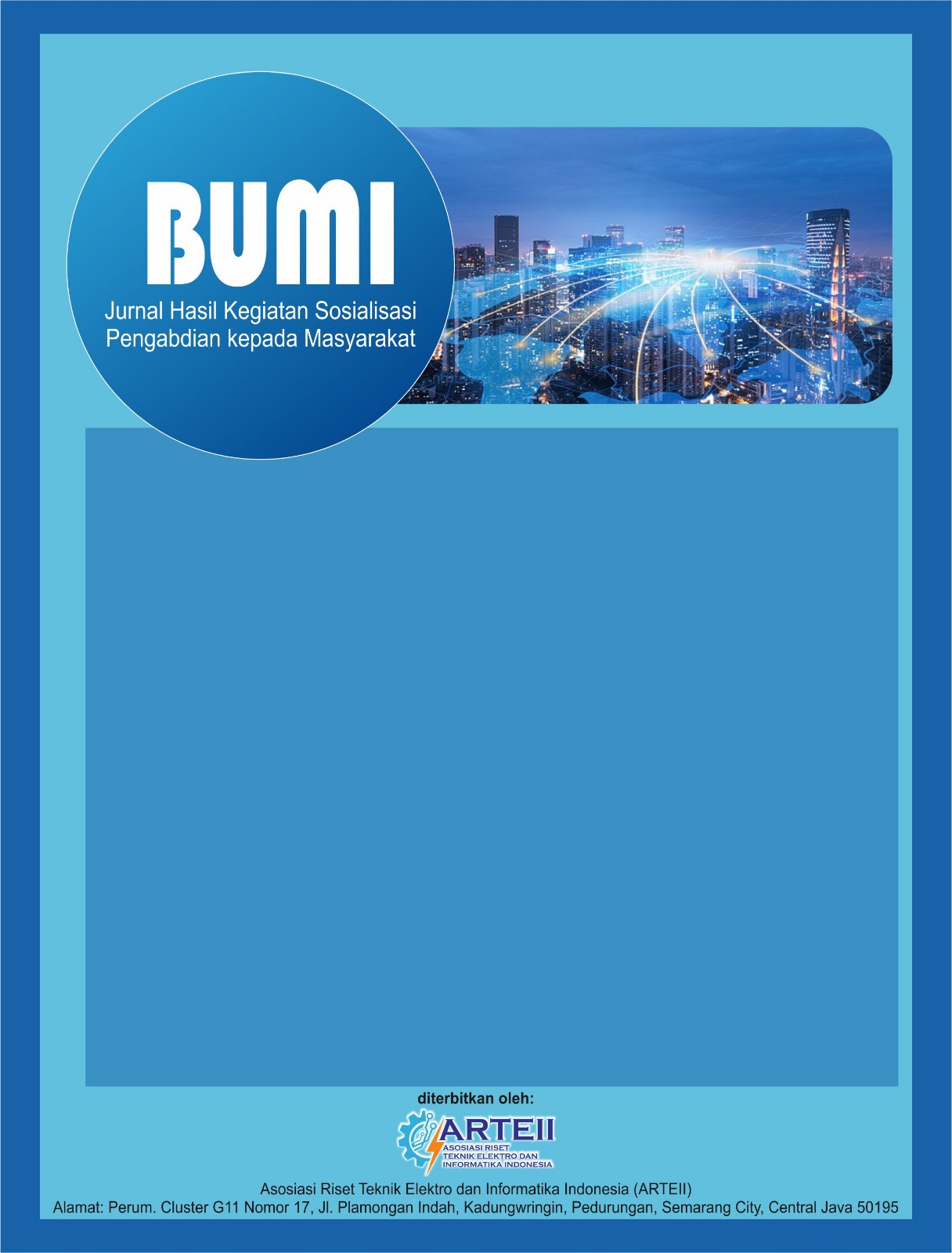Peningkatan Kesadaran Fertilitas bagi Tenaga Kesehatan di Puskesmas Bakunase dan Puskesmas Sikumana, Kupang, NTT, Indonesia
DOI:
https://doi.org/10.61132/bumi.v3i1.733Keywords:
Infertility, Fertility Awareness, Healthcare ProvidersAbstract
Infertility, according to the World Health Organization (WHO), affects approximately 8-12% of couples of reproductive age worldwide. In Indonesia, its prevalence ranges from 10-15%, meaning about 4-6 million couples require treatment to conceive. The incidence of infertility is influenced by various factors, including access to and the quality of healthcare services. Therefore, healthcare providers’ knowledge and awareness of infertility play a crucial role in its management, leading to early detection and appropriate referrals to advanced healthcare facilities. Given the limited access to information and healthcare services in remote areas, educating and promoting early detection of infertility by healthcare providers is essential to improving healthcare quality in those regions. This community service activity aims to enhance healthcare workers' understanding of diagnosing infertility, ensuring that patients are promptly referred for further treatment. The activity took place on Friday, November 15, 2024, via Zoom Meeting, in collaboration with an experienced OB/GYN doctor in Kupang. A total of 27 participants attended, consisting of 20 people from Bakunase Health Center and 7 people from Sikumana Health Center.
References
in 6 people globally affected by infertility: WHO. (n.d.). Retrieved September 7, 2024, from https://www.who.int/news/item/04-04-2023-1-in-6-people-globally-affected-by-infertility
Al-Worafi, Y. M. (2024). Infertility management in developing countries. In Handbook of Medical and Health Sciences in Developing Countries (pp. 1–20). Springer. https://doi.org/10.1007/978-3-030-74786-2_93-1
Bennett, L. R., Wiweko, B., Hinting, A., Adnyana, I. P., & Pangestu, M. (2012). Indonesian infertility patients’ health-seeking behavior and patterns of access to biomedical infertility care: An interviewer-administered survey conducted in three clinics. Reproductive Health, 9(1). https://doi.org/10.1186/1742-4755-9-24
Cunningham, F. G., Leveno, K. J., Dashe, J. S., Hoffman, B. L., Spong, C. Y., & Casey, B. M. (2022). Williams obstetrics. McGraw Hill.
Dewi, A. K., Wicaksana, A. L., Lutfi, M., & Dewanto, A. (2023). The barriers of joining in vitro fertilization programs among infertile couples in developing countries: A scoping review. Asian Pacific Journal of Reproduction, 12(4), 147–154. https://doi.org/10.4103/2305-0500.380981
Direktorat Jenderal Pelayanan Kesehatan. (n.d.). Kemandulan (Infertil): Stigma negatif pada wanita Indonesia. Retrieved September 7, 2024, from https://yankes.kemkes.go.id/view_artikel/12/kemandulan-infertil-stigma-negatif-pada-wanita-indonesia
Harzif, A. K., Santawi, V. P. A., & Wijaya, S. (2019). Discrepancy in perception of infertility and attitude towards treatment options: Indonesian urban and rural area. Reproductive Health, 16(1), 1–7. https://doi.org/10.1186/S12978-019-0792-8/TABLES/4
Infertility. (n.d.). Retrieved September 7, 2024, from https://www.who.int/news-room/fact-sheets/detail/infertility
Ombelet, W. (2009). Reproductive healthcare systems should include accessible infertility diagnosis and treatment: An important challenge for resource-poor countries. International Journal of Gynaecology and Obstetrics, 106(2), 168–171. https://doi.org/10.1016/J.IJGO.2009.03.033
Ombelet, W., Cooke, I., Dyer, S., Serour, G., & Devroey, P. (2008). Infertility and the provision of infertility medical services in developing countries. Human Reproduction Update, 14(6), 605–621. https://doi.org/10.1093/HUMUPD/DMN042
World Health Organization (WHO). (2023). Infertility prevalence estimates 1990-2021 (pp. 1–98). https://www.who.int/publications/i/item/978920068315
Downloads
Published
How to Cite
Issue
Section
License
Copyright (c) 2025 Bumi : Jurnal Hasil Kegiatan Sosialisasi Pengabdian kepada Masyarakat

This work is licensed under a Creative Commons Attribution-ShareAlike 4.0 International License.





